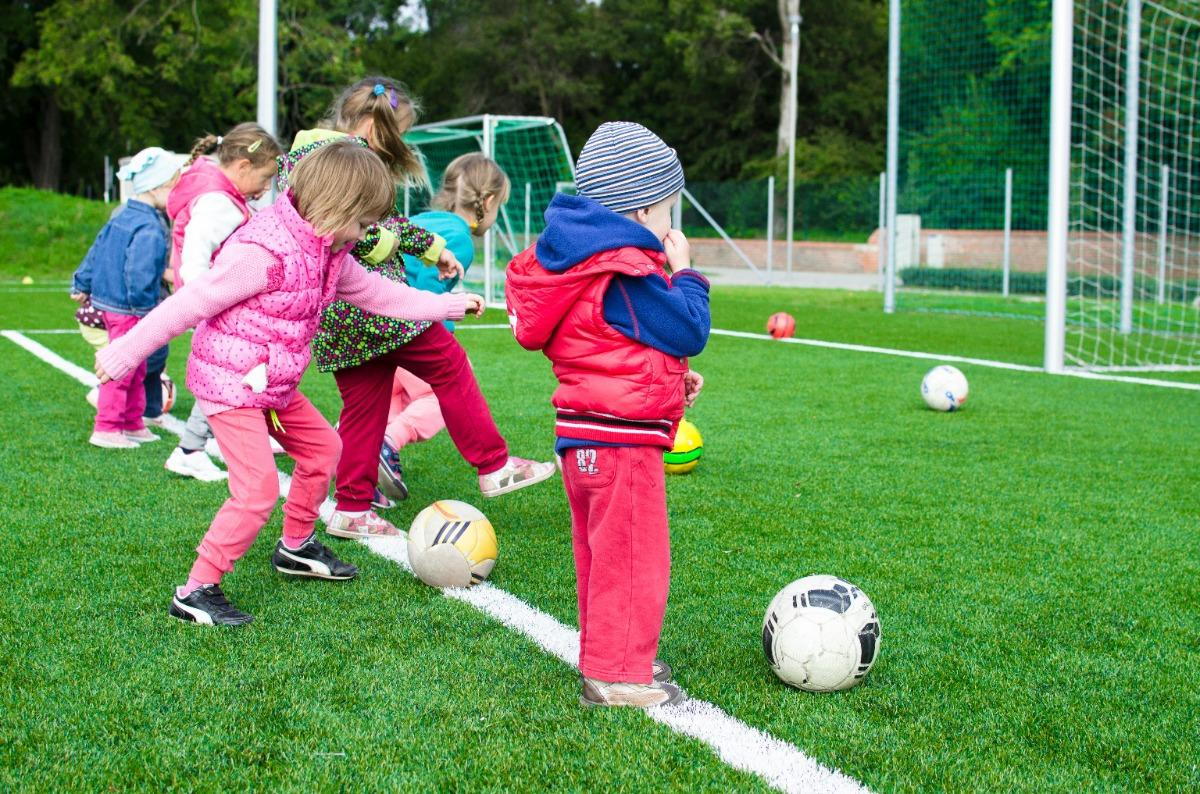
Children thrive in environments that provide structure, which plays a crucial role in their development. Structure offers predictability, stability, and security, enabling children to grow into well-adjusted adults. This article explores the importance of structure for children, discussing its benefits, how to implement it, and its long-term impact on development.
Benefits of Structure for Children
Sense of Security Structure provides children with a sense of security. Knowing what to expect helps them feel safe and reduces anxiety. When children understand their daily routine, they can navigate their world more confidently. This predictability creates an environment where children can explore and learn without feeling overwhelmed.
Emotional Regulation Consistent routines help children manage their emotions. When children know what to expect, they can better prepare for transitions and cope with changes. This predictability helps in reducing tantrums and emotional outbursts. Children who experience consistent routines are more likely to develop self-control and resilience.
Development of Responsibility and Independence Structure helps children develop a sense of responsibility and independence. By having set tasks and routines, children learn to take charge of their daily activities. For example, a morning routine that includes brushing teeth, getting dressed, and packing a school bag teaches children to manage their time and responsibilities.
Improved Academic Performance A structured environment positively impacts a child's academic performance. Consistent study times, designated homework spaces, and a routine sleep schedule contribute to better focus and cognitive function. When children know that they have specific times for learning and playing, they are more likely to develop good study habits and perform better in school.
Enhanced Social Skills Structure helps children develop better social skills. Regular family routines, such as mealtimes and bedtime rituals, provide opportunities for bonding and communication. These interactions teach children how to express themselves, listen to others, and develop empathy. Structured group activities, like team sports or clubs, also promote teamwork and cooperation.
Implementing Structure for Children
Establishing Routines Creating daily routines is essential for providing structure. Routines should include set times for waking up, meals, school, play, homework, and bedtime. Consistency is key, as it reinforces expectations and helps children develop a sense of order. While routines should be consistent, it's also important to be flexible when necessary to accommodate special events or unexpected changes.
Setting Clear Expectations Clear expectations help children understand what is required of them. This includes setting rules for behavior, chores, and responsibilities. When children know what is expected, they are more likely to follow through. Parents should communicate these expectations clearly and consistently, using age-appropriate language.
Creating a Supportive Environment A supportive environment enhances the effectiveness of structure. This includes providing a quiet and organized space for homework, ensuring children have access to necessary resources, and offering encouragement and praise for their efforts. A supportive environment fosters a sense of accomplishment and motivates children to adhere to routines.
Involving Children in Planning Involving children in planning their routines and schedules can increase their sense of ownership and cooperation. This can be done by discussing the importance of routines and allowing children to have input on certain aspects, such as choosing a bedtime story or selecting extracurricular activities. When children feel involved, they are more likely to adhere to the established structure.
Long-Term Impact of Structure
Life Skills Development The skills learned through structured routines and expectations carry over into adulthood. Time management, responsibility, and the ability to adapt to schedules are essential life skills that contribute to success in various aspects of life, including education, career, and relationships.
Emotional Well-Being Structure contributes to long-term emotional well-being. Children who grow up in a structured environment are more likely to develop healthy coping mechanisms and emotional regulation skills. These skills help them navigate the challenges of adolescence and adulthood with greater resilience.
Academic and Professional Success The habits formed through structured routines, such as discipline and focus, play a significant role in academic and professional success. Individuals who have grown up with structure are more likely to excel in their studies and careers, as they possess the skills necessary to set goals, stay organized, and meet deadlines.
Conclusion
Structure is fundamental to a child's development, providing a sense of security, aiding in emotional regulation, fostering responsibility, and enhancing academic performance. By establishing routines, setting clear expectations, creating a supportive environment, and involving children in planning, parents and caregivers can help children develop essential life skills and emotional well-being. The long-term benefits of structure are profound, contributing to success and resilience in adulthood. Embracing the importance of structure ensures that children are equipped to navigate the complexities of life with confidence and competence.